Filter by
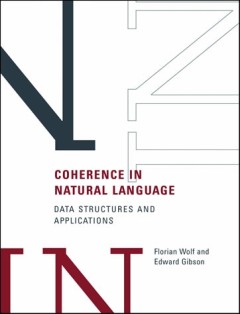
Coherence in Natural Language: Data Structures and Applications
A discussion of coherence in natural language that develops criteria for descriptively adequate data structures and examines the influence of coherence on psycholinguistic processes and determining the relative importance of document segments.OCLC-licensed vendor bibliographic record.
- Edition
- -
- ISBN/ISSN
- 9780262286398
- Collation
- 1 online resource (vi, 137 pages) :illustrations
- Series Title
- -
- Call Number
- -
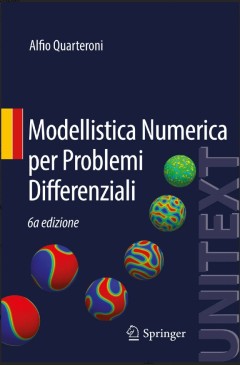
Modellistica Numerica per Problemi Differenziali
In questo testo si introducono i concetti di base per la modellistica numerica di problemi differenziali alle derivate parziali. Si considerano le classiche equazioni lineari ellittiche, paraboliche ed iperboliche, ma anche altre equazioni, quali quelle di diffusione e trasporto, di Navier-Stokes e le leggi di conservazione; si forniscono inoltre numerosi esempi fisici che stanno alla base di t…
- Edition
- 1
- ISBN/ISSN
- 978-88-470-5780-7
- Collation
- XIX, 651
- Series Title
- UNITEXT
- Call Number
- -
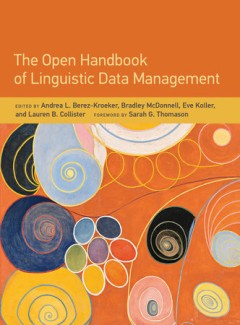
The open handbook of linguistic data management
A guide to principles and methods for the management, archiving, sharing, and citing of linguistic research data, especially digital data.Doing language science depends on collecting, transcribing, annotating, analyzing, storing, and sharing linguistic research data. This volume offers a guide to linguistic data management, engaging with current trends toward the transformation of linguistics i…
- Edition
- -
- ISBN/ISSN
- 9780262362177
- Collation
- 1 online resource.
- Series Title
- -
- Call Number
- -

Communication Complexity: A New Approach to Circuit Depth
Communication Complexity describes a new intuitive model for studying circuit networks that captures the essence of circuit depth. Although the complexity of boolean functions has been studied for almost 4 decades, the main problems the inability to show a separation of any two classes, or to obtain nontrivial lower bounds remain unsolved. The communication complexity approach provides clues as…
- Edition
- -
- ISBN/ISSN
- 9780262256490
- Collation
- 1 online resource (68 pages).
- Series Title
- -
- Call Number
- -
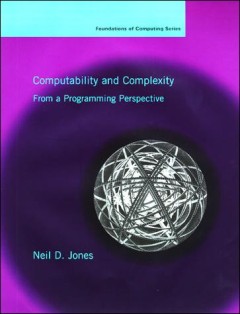
Computability and Complexity: From a Programming Perspective
OCLC-licensed vendor bibliographic record.
- Edition
- -
- ISBN/ISSN
- 9780262276368
- Collation
- 1 online resource (xvi, 466 pages).
- Series Title
- -
- Call Number
- -

Computational Learning Theory and Natural Learning Systems, Volume 4: Making …
This is the fourth and final volume of papers from a series of workshops called "Computational Learning Theory and `Natural' Learning Systems." The purpose of the workshops was to explore the emerging intersection of theoretical learning research and natural learning systems. The workshops drew researchers from three historically distinct styles of learning research: computational learning theo…
- Edition
- -
- ISBN/ISSN
- 9780262291132
- Collation
- 1 online resource (volumes ) :illustrations
- Series Title
- -
- Call Number
- -
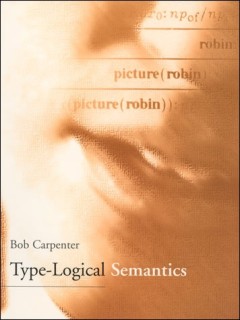
Type-Logical Semantics
A Bradford book."OCLC-licensed vendor bibliographic record.
- Edition
- -
- ISBN/ISSN
- 9780262269902
- Collation
- 1 online resource (xxi, 575 pages).
- Series Title
- -
- Call Number
- -
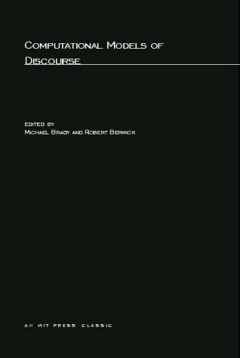
Computational Models of Discourse
AnnotationOCLC-licensed vendor bibliographic record.
- Edition
- -
- ISBN/ISSN
- 9780262255806
- Collation
- 1 online resource (xxiii, 403 pages) :illustrations.
- Series Title
- -
- Call Number
- -
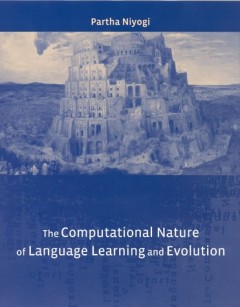
The Computational Nature of Language Learning and Evolution
The introduction of a mathematical and computational framework within which to analyze the interplay between language learning and language evolution.OCLC-licensed vendor bibliographic record.
- Edition
- -
- ISBN/ISSN
- 9780262280686
- Collation
- 1 online resource (xviii, 482 pages) :illustrations.
- Series Title
- -
- Call Number
- -
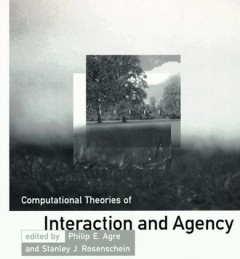
Computational Theories of Interaction and Agency
"Reprinted from Artificial intelligence, volume 72, numbers 1-2 (January 1995) and volume 73, numbers 1-2 (February 1995)"--Title page verso.Over time the field of artificial intelligence has developed an "agent perspective" expanding its focus from thought to action, from search spaces to physical environments, and from problem-solving to long-term activity. Originally published as a special d…
- Edition
- 1st MIT Press ed.
- ISBN/ISSN
- 9780262291040
- Collation
- 1 online resource (vi, 767 pages) :illustrations.
- Series Title
- -
- Call Number
- -
 Computer Science, Information & General Works
Computer Science, Information & General Works  Philosophy & Psychology
Philosophy & Psychology  Religion
Religion  Social Sciences
Social Sciences  Language
Language  Pure Science
Pure Science  Applied Sciences
Applied Sciences  Art & Recreation
Art & Recreation  Literature
Literature  History & Geography
History & Geography